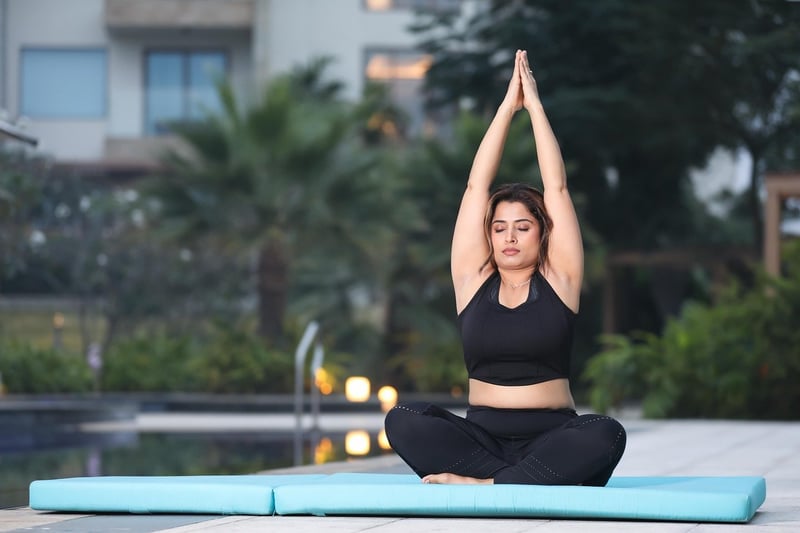Restorative Poses
Yoga Practices for Mindfulness + Restorative Poses
Mindfulness is a state of active, open attention on the present moment. It involves acknowledging and accepting one's feelings, thoughts, and bodily sensations without judgment. Incorporating mindfulness into your yoga practice can deepen your awareness, improve focus, and cultivate inner peace. Restorative yoga poses, on the other hand, are gentle postures designed to relax the body and mind, reduce stress, and promote healing.
Benefits of Mindfulness in Yoga
1. Improved focus and concentration.
2. Reduced stress and anxiety levels.
3. Enhanced emotional well-being.
4. Increased self-awareness and acceptance.
Practices for Cultivating Mindfulness in Yoga
- Body Scan: Start at your toes and work your way up, paying attention to each part of your body.
- Deep Breathing: Focus on the sensation of your breath as it enters and leaves your body.
- Mindful Movement: Perform yoga poses with intention and awareness of each movement.
- Meditation: Spend a few minutes in seated meditation, observing your thoughts without attachment.
Restorative Yoga Poses for Relaxation
1. Child's Pose (Balasana): Kneel on the floor, sit back on your heels, and stretch your arms forward, resting your forehead on the mat.
2. Legs Up the Wall (Viparita Karani): Lie on your back with your legs resting vertically up a wall, keeping your arms by your sides.
3. Corpse Pose (Savasana): Lie flat on your back, arms by your sides, palms facing up, and allow your body to completely relax.
Combining mindfulness with restorative yoga poses can create a powerful practice that nurtures both the body and mind. Remember to listen to your body, breathe deeply, and let go of any tension or stress as you move through each pose.

Embrace the present moment, find stillness within, and discover the transformative power of mindfulness and restorative yoga in your daily practice.
For more information and resources on yoga and mindfulness, visit Yoga Journal.
